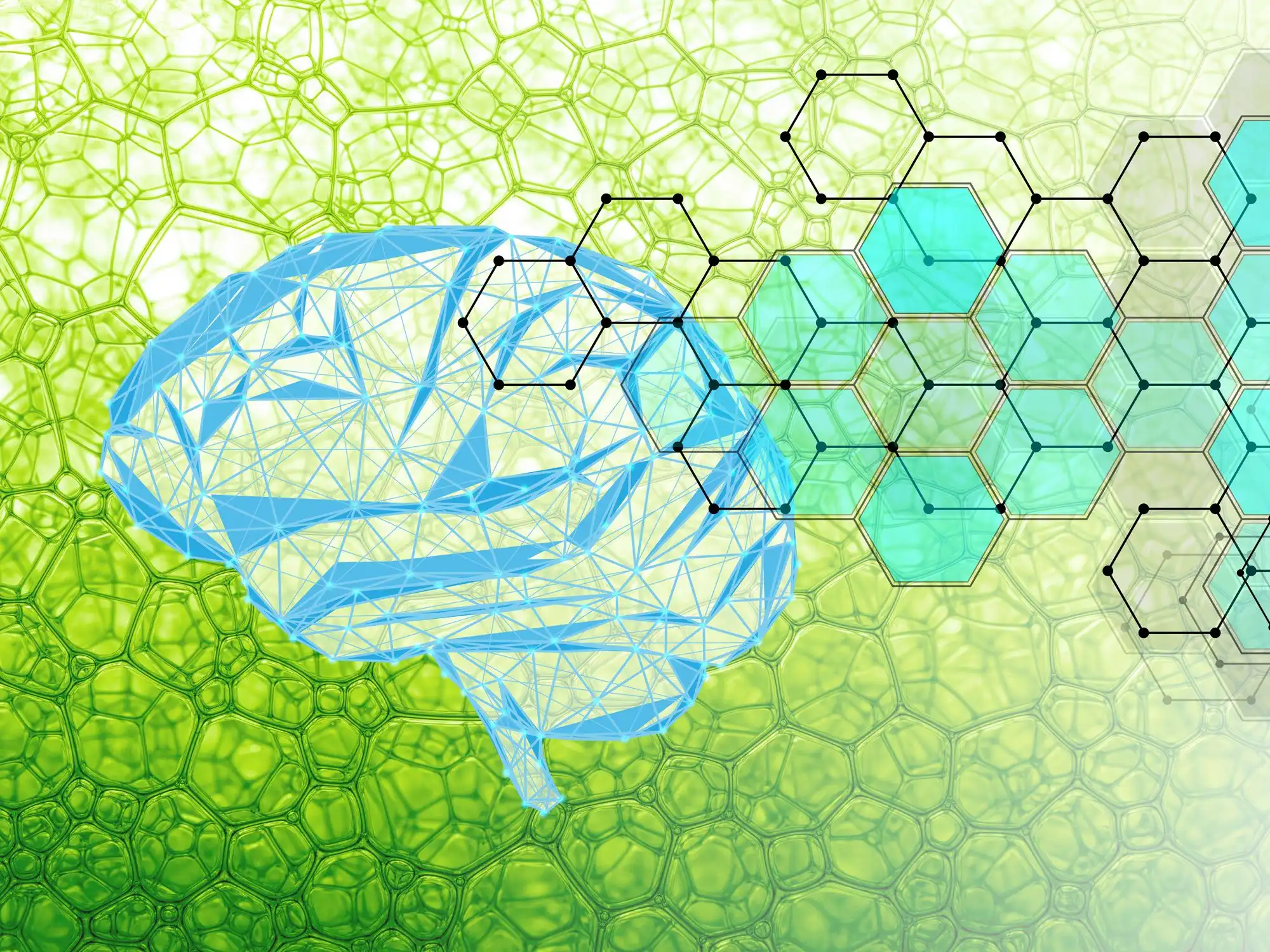
Vibrant digitization
There are numerous philosophical, scientific and religious approaches to how life is defined. One approach is to view life as an organised spatial structure that exists on the border of inanimate chaos. In his book "What is Life", the biologist and Nobel Prize winner Paul Nurse assumes, among other things, that life forms are self-contained physical entities that are delimited from the environment but communicate with it. Of course, other factors such as the presence of cells and genes, the ability to evolve and the operation of chemical and physical processes are essential components of living matter.
Interestingly, according to Nurse, an integral part of living things is information processing. He speaks of "machines" that are coordinated and regulated by processing information in order to operate as a purposeful whole.
This means that life can only come into being through the coordination of processes and the development of loose elements into structured and complex connections. Immediately, a traditional Christian image comes to mind: Michelangelo's ceiling fresco "The Creation of Adam", in which God gives life to Adam. A certainly correct basic idea that is conveyed pictorially: Life is only made possible through the transmission of information, by whom or whatever.
Life can only take place in delimited structures, the so-called biological compartments. In these reaction spaces, all processes can take place in the basic structures of all organisms, the cells. This clear separation between the unstructured outside and the coordinated inside lies at the boundary between chaos and order.
In biological processes and life, there are a multitude of protagonists. Molecules build up from elementary particles, which develop into even more complex molecular structures. The coordinated interplay turns into cell structures, which form into organs and ultimately into complex living beings.
Each level is important in building the next higher level. Although they build on each other, it is not possible to predict how the layer that follows will affect the whole. One speaks of emergence when new qualities emerge as a result of the interaction of individual elements, and one cannot predict the effects of the newly emerging qualities. Or to put it more simply: the result is more than the sum of its individual parts.
If the interplay of information units, transport, acquisition, processing and reactions that take place is a fundamental condition for living intracellular functioning, then let's take a leap of faith and look at how the transmission of information works in education, one of the most important areas of information transmission in society.
What does education look like in schools today?
Future challenges will only be possible through changing knowledge transfer and new ways of processing problems.
The way education is imparted today means reproducing knowledge that already exists. Knowledge is cloned through unreflected transmission. Being in school means memorising book knowledge defined in curricula in a one-way manner and consuming problems that have already been solved. School does not help to gain new knowledge and build up unknown living compartments of information but is intent on producing epigones without their own problem-solving strategies, which cannot be creative. To stay in the language of biology: school does not create new levels of information that can emerge into higher qualities. School is only a unidirectional transmitter with a built-in interrogation function.
Of course, it can be argued that today's way of conveying information is the basis for independent learning and for intellectual socialisation. The only thing is: solutions to problems that are worked out on one's own have to be learned. And the impulse to do so or the spark to order information must be taught and learned. And this is not achieved through pre-chewed curriculum adherence.
School education should be rethought and implemented.
The foundation of education should be based on a lived culture of error. The opportunity to try and learn from mistakes and grow from them. For this, teaching would have to be more experimental and human - without fear and educational pressure.
Individual curiosity should be awakened and encouraged to take on problems and develop solution strategies in a team. The assessment of individual information processing intelligence would also have to be assessed differently. It should not be the application competence of stoically writing down memorised knowledge that is the standard of highest knowledge, but rather the creative rearrangement and problem solving that should come to the fore.
Can digitalization help us?
Old patterns of thinking and teaching are not automatically replaced by digitization. Just replacing books with digital devices and hoping that something will change will not help. This requires new pedagogical concepts and the political will to transport changes into everyday school life.
Only external pressure can bring about change. Today, there is an opportunity to rethink teaching because the revolution of digitalization and the individual willingness to change can break down school policy encrustations. The technical possibilities and the will can be seen in the beginnings of those responsible. One can only hope that the information flow of knowledge will no longer be directed by classical one-way frontal teaching, but that interaction between teacher and pupils will enable forward-looking learning structures. The chances for the beginning of a new evolutionary "learning creature form" are better than ever. The nucleus is called digitalization.
Foto: banjongseal324, Khanchit Khirisutchalual / iStock